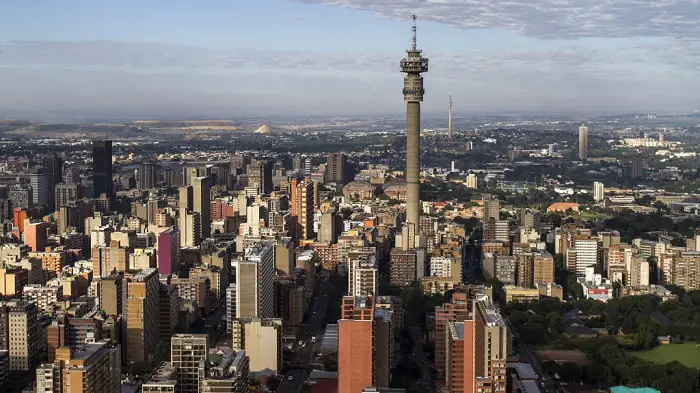South Africa is set to develop 71 properties in its largest city, Johannesburg which will form phase two of the City of Joburg’s inner city revitalization projects that was approved by the council in September 2017.
The city’s executive Mayor Herman Mashaba declared the city is open for business and properties will be tendered for the private sector development into mixed-income housing, student accommodation and small business rental space.
Under the first phase of the project, 13 buildings had been put out to tender, with placed bids currently being evaluated. Bids for the second phase, which will close on November 30, is expected to create at least 5,000 jobs during construction.
Also Read: Construction of US $17.5m luxury apartment skyscraper in South Africa complete
Multi-targeted initiative
Mashaba says the project is a multi-targeted initiative that will incorporate different strategies to facilitate the revitalization of the inner city, which he hopes will unlock a greater economic potential for the city by creating an enabling environment for small businesses and permanent jobs.“Increased economic growth should already be realized by 2021,” he said.
The project is expected to redevelop at least 500 buildings, with between 50 and 100 buildings being put out to tender every year. Mashaba further says this will help reduce the housing crisis that the city is currently facing. Currently, there is an estimated backlog of 300,000; with more than 160,000 people on the housing waiting list. The situation is not being made easier as there is an average of 3,000 people moving to Johannesburg every month.
In addition to inadequate housing, the city also faces the challenge of expensive housing. The bidders are therefore required to cater for monthly rental income of between US $55 and US $70 in at least 20% to 30% of the development- as well as deteriorating buildings, syndicate-run or hijacked buildings and crime on the streets.
City of Joburg economic development MMC Councillor Leah Knott said that Phase 2 will attract about US $173m worth of investment and that the 71 properties are spread over 35 pockets of space in the city.
The areas include Braamfontein, Yeoville, Hillbrow, Marshalltown, Jeppestown, Pageview/Vrededorp, Turffontein, Newtown, Greater Ellis Park/Doornfontein and New Doornfontein, as well as Salisbury.
High urbanization rate
Africa is expected to be the continent with the highest urbanization rate between 2020 and 2050. In South Africa alone, 63 per cent of the entire population lives in urban cities and this figure is expected to increase to 71 per cent by 2030. In this regard, Joburg development planning MMC councilor Reuben Masanga says it is essential to ensure proper infrastructure and job creation are put in place.
Joburg city manager Ndivhoniswani Lukhwareni said the ideal location of the inner city, its access to various modes of public transport, and available economic opportunities provide an ideal environment in which both business and residents can flourish.
“The city will sustain its efforts in regenerating the inner city by ensuring that neglected buildings that have been allowed to deteriorate and become invaded will be expropriated and redeveloped within a legal framework, since these buildings result in urban blight and hinder city transformation,” said the city manger.

Leave a Reply